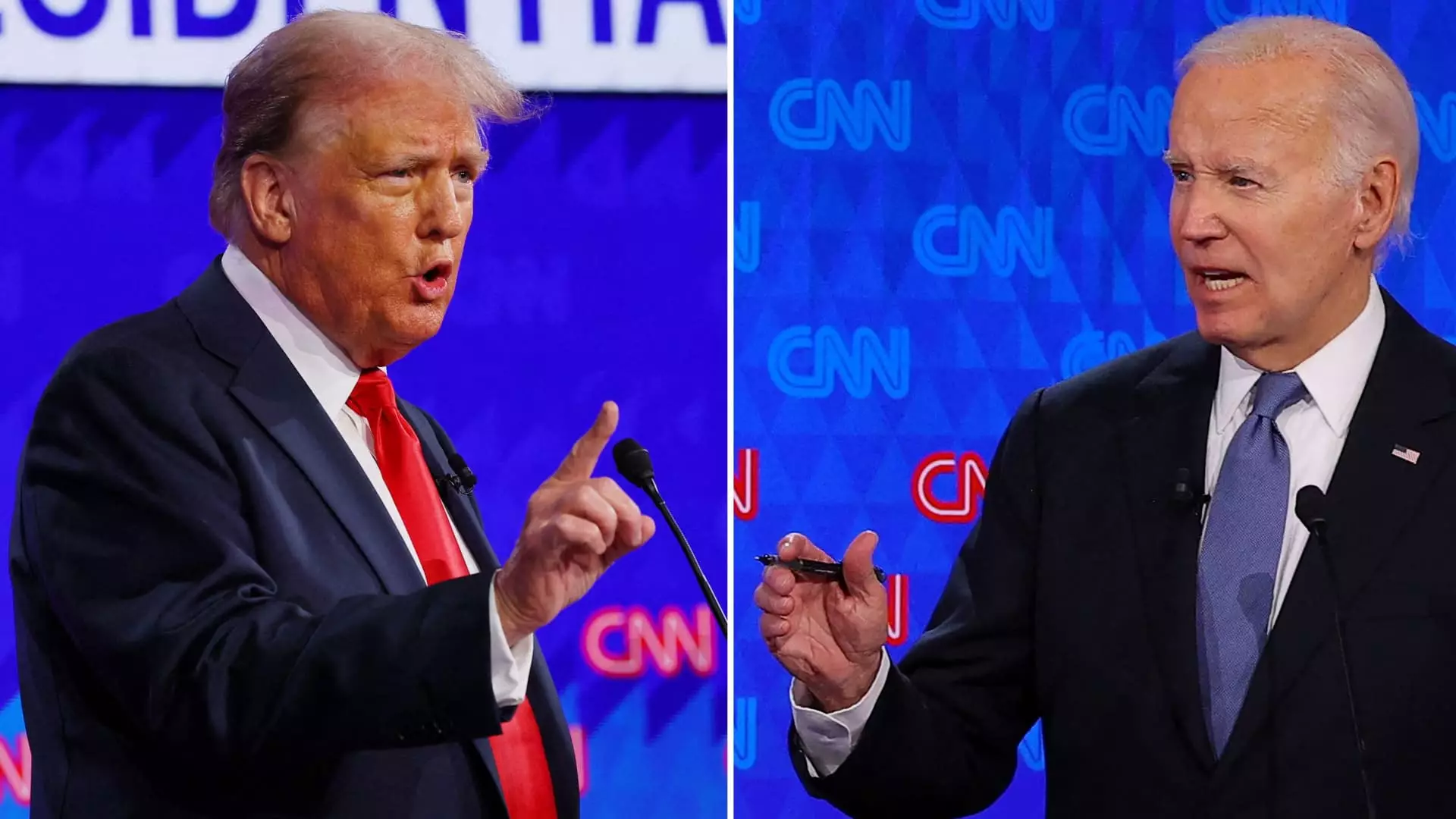Tariff policy has been a point of contention between President Joe Biden and former President Donald Trump. Both politicians share common ground when it comes to tariffs. Tariffs have been used as a tool to protect and grow domestic industries, but policymakers argue that they can also lead to higher prices for Americans. Erica York, a senior economist at the Tax Foundation’s Center for Federal Tax Policy, pointed out that tariffs ultimately act as a tax increase that consumers end up paying for. Despite the economic drawbacks, tariffs remain a favorable political strategy for politicians to appear tough on foreign producers while protecting domestic industries.
Former President Trump’s trade war on tariffs generated about $233 billion in duties collected by U.S. Customs through March 2024, as reported by the Tax Foundation. However, U.S. consumers bore the brunt of the extra costs through higher prices on imported goods. Howard Gleckman, a senior fellow at the Urban-Brookings Tax Policy Center, emphasized that it is American companies importing Chinese goods who pay the tariffs and then pass on those costs to consumers. A study by the Federal Reserve Bank of New York revealed that Trump’s 2018 tariffs cost the typical household an additional $419 per year.
In contrast to Trump’s broad tariffs, President Biden has opted for more targeted tariff policies. In May 2024, the Biden administration announced new tariff rates on $18 billion worth of Chinese imports. This included a 100% tariff on electric vehicles, a 50% tariff on solar cells, a 25% tariff on steel, and aluminum, while Chinese semiconductor tariffs will double to 50% starting in 2025. Despite promising to remove Trump’s tariffs when running for the presidency in 2020, Biden has largely maintained them in place, as pointed out by Christopher Tang, a global supply chain professor.
Looking ahead, President Trump has hinted at increasing tariffs further if re-elected in 2024. He proposed ideas such as a 10% universal baseline tariff on all U.S. imports and a 100% tariff on imported cars. Furthermore, he suggested the idea of replacing the federal income tax with potential tariffs on countries contributing to illegal immigration. On the other hand, Biden’s strategy remains focused on targeted tariffs to address specific industries and issues.
Tariffs have both economic and political implications. While they can protect domestic industries and bolster the economy, they often lead to increased costs for consumers. The diverging approaches of Presidents Trump and Biden on tariff policy highlight the complexities and nuances involved in trade relations and protectionism. As the debate over tariffs continues, policymakers must carefully consider the impact of these policies on the economy and the American people.


Leave a Reply